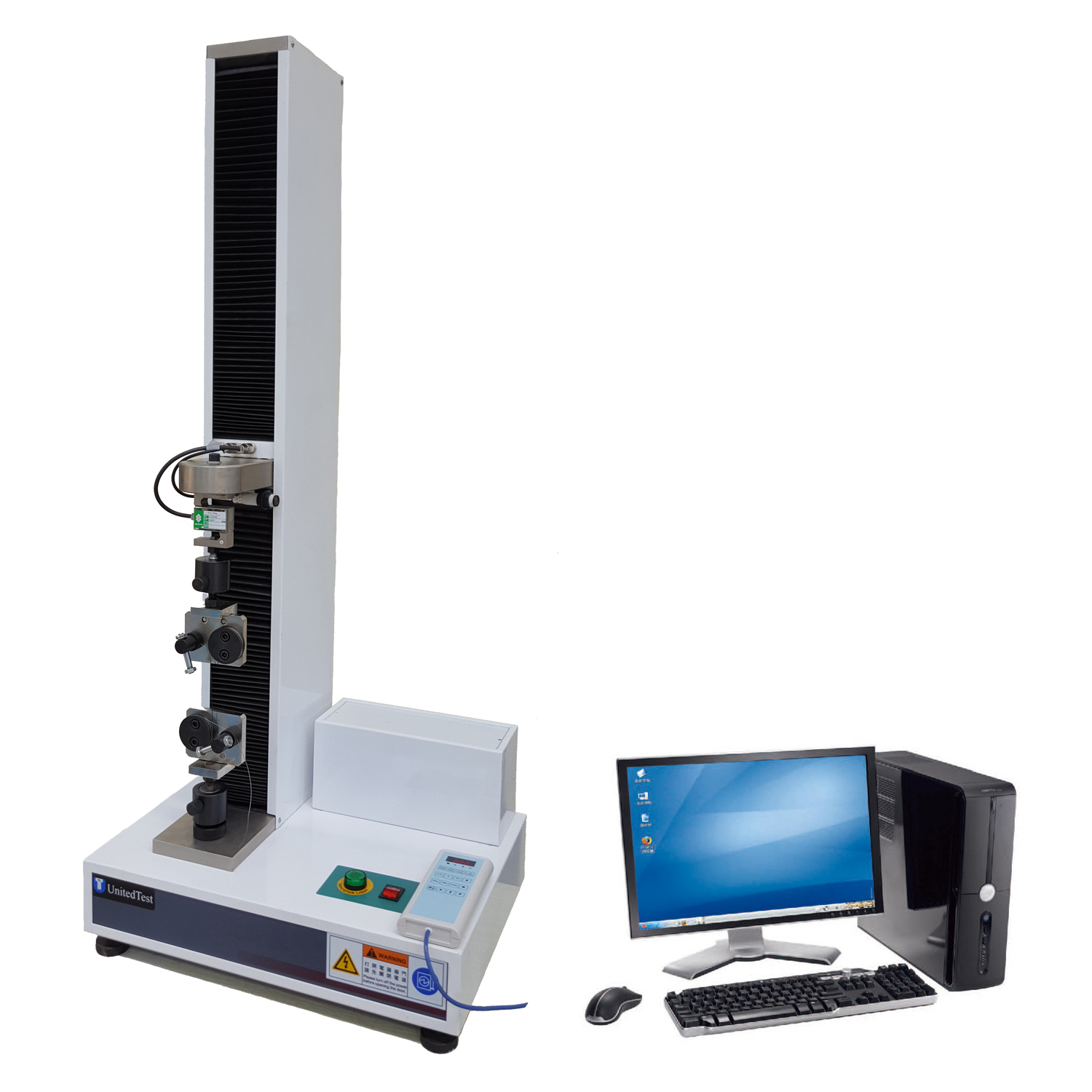This test method covers the measurement of the strength of seals in flexible barrier materials. The test may be conducted on seals between a flexible material and another flexible material, a rigid material, or a semi-rigid material.
About ASTM F88:
ASTM F88 is a testing standard for measurement of seal strength for flexible barrier materials in medical packaging. Seal strength is not only relevant to opening force and package integrity, but for measuring the packaging processes. It is common for confusion to arise regarding the difference between package seal strength and package integrity. Seal strength relates to the force required to separate two flexible components of the package. This can be measured through a peel test using a peel tester. Alone, this does not prove the integrity of the entire package, only the integrity of the seal strength of two components. Although further testing of the entire package may be necessary, the main cause for failing package strength tends to be through the seal.
Perform ASTM F88 Test:
Cut a one inch wide strip of the seal from each of the 4 sides of the package with a sample cutter. Clamp each leg of the test specimen in a Peel Tester. Align the more rigid side of the sample to be clamped in the top grip. The seal should be tested at a rate of grip separation of 200 to 300 mm/min. (8 to 12 in./min). For each cycle, report the maximum force as the specimen is stressed to failure and identify the type of failure.
Descriptions and examples of fixtures and techniques from the standard are illustrated in figure below:
Technique A: Unsupported—Each tail of the specimen is secured in opposing grips and the seal remains unsupported while the test is being conducted.
Technique B: Supported 90° (By Hand)—Each tail of the specimen is secured in opposing grips and the seal remains hand-supported at a 90° perpendicular angle to the tails while the test is being conducted.
Technique C: Supported 180°—The least flexible tail is supported flat against a rigid alignment plate held in one grip. The more flexible tail is folded 180° over the seal and is held in the opposing grip while the test is being conducted.
Scope
1.1 This test method covers the measurement of the strength of seals in flexible barrier materials.
1.2 The test may be conducted on seals between a flexible material and a rigid material.
1.3 Seals tested in accordance with this test method may be from any source, laboratory or commercial.
1.4 This test method measures the force required to separate a test strip of material containing the seal. It also identifies the mode of specimen failure.













